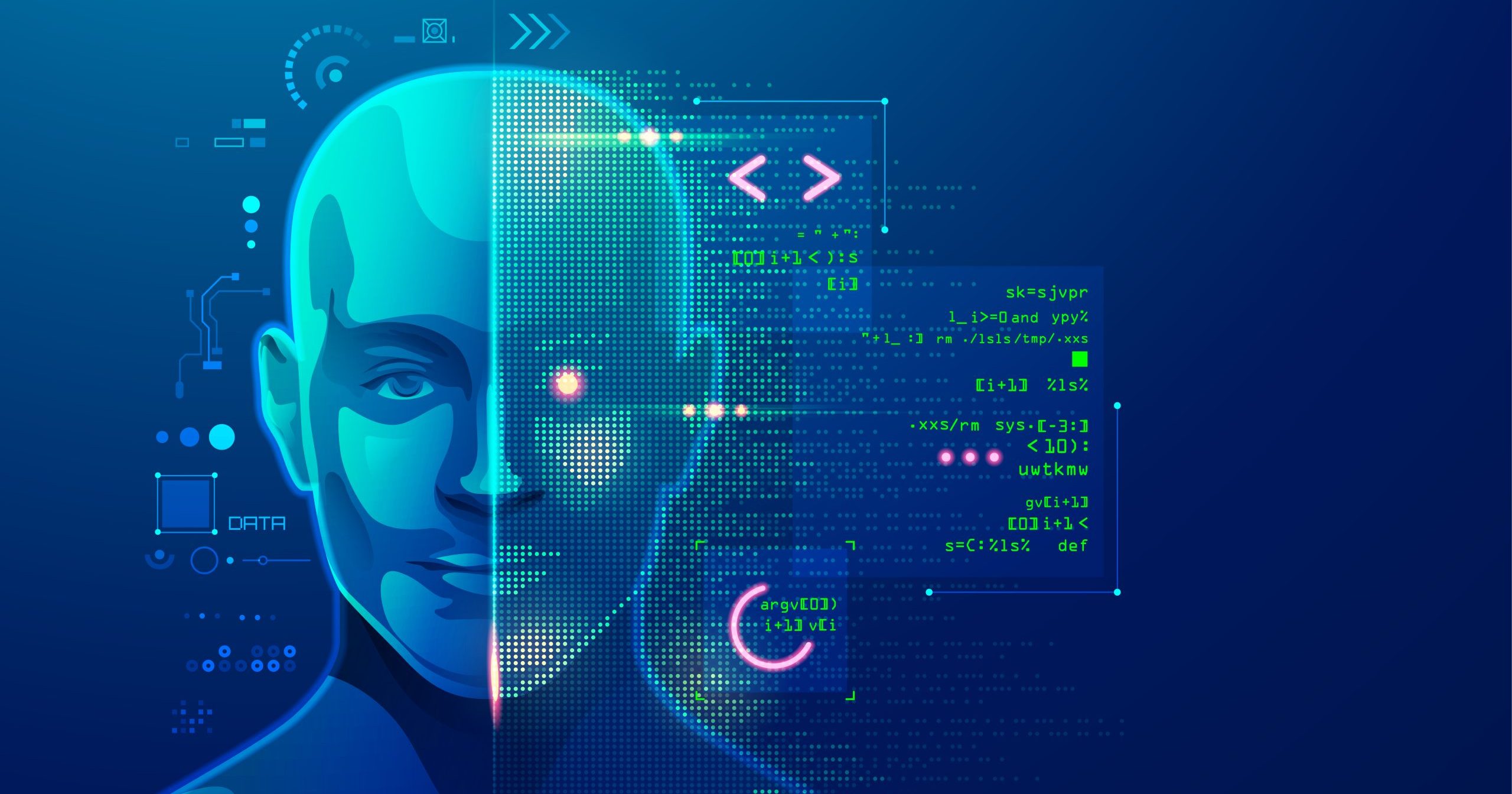The realm of software development is in a constant state of evolution, driven by rapid technological advancements, changing user demands, and the relentless pursuit of efficiency and innovation. As we look towards the future, several emerging trends, cutting-edge tools, and innovative techniques are poised to redefine how software is developed, deployed, and maintained. This article delves into the key trends shaping the future of software development, explores the tools that are gaining prominence, and highlights the techniques that developers need to master to stay ahead in this dynamic field.
Key Trends in Software Development
Artificial Intelligence and Machine Learning Integration
Artificial Intelligence (AI) and Machine Learning (ML) are no longer confined to research labs and niche applications. They are becoming integral to software development, enabling more intelligent and efficient processes. AI-driven tools can automate code generation, bug detection, and even optimize performance. ML models can provide predictive analytics, enhancing decision-making and user experiences. As these technologies mature, their integration into development workflows will become more seamless and pervasive..
DevOps and Continuous Delivery
The DevOps methodology, which emphasizes collaboration between development and operations teams, is revolutionizing software delivery. By automating the deployment pipeline, DevOps ensures faster, more reliable releases. Continuous Integration (CI) and Continuous Delivery (CD) practices are becoming standard, enabling developers to merge code changes frequently and deliver updates seamlessly. This trend not only accelerates the development cycle but also improves software quality and stability.
Microservices Architecture
Microservices architecture breaks down applications into smaller, independent services that can be developed, deployed, and scaled independently. This approach enhances flexibility, scalability, and maintainability. As businesses increasingly adopt cloud-native development, microservices are becoming the architecture of choice for building robust, scalable applications. This trend is also driving the need for containerization technologies like Docker and orchestration tools like Kubernetes.
Low-Code and No-Code Development
Low-code and no-code platforms are democratizing software development, enabling non-developers to create applications with minimal coding knowledge. These platforms provide visual development environments and pre-built templates, accelerating the development process and reducing the dependency on skilled developers. As businesses seek to rapidly prototype and deploy solutions, the adoption of low-code and no-code platforms is set to rise.
Edge Computing
Edge computing brings computation and data storage closer to the location where it is needed, reducing latency and bandwidth usage. This trend is particularly significant with the rise of Internet of Things (IoT) devices and applications that require real-time processing. By distributing computing resources to the edge of the network, developers can create more responsive and reliable applications, especially for use cases like autonomous vehicles, smart cities, and industrial automation.
Quantum Computing
While still in its nascent stages, quantum computing holds the promise of solving complex problems that are beyond the reach of classical computers. Quantum algorithms can potentially revolutionize fields such as cryptography, materials science, and artificial intelligence. As quantum hardware and software continue to advance, developers need to start exploring quantum programming languages and frameworks to stay prepared for this disruptive technology.
Emerging Tools in Software Development

GitHub Copilot
GitHub Copilot, an AI-powered code completion tool, is transforming the way developers write code. By providing context-aware code suggestions, Copilot helps developers write code faster and with fewer errors. It can also assist with learning new languages and frameworks by offering relevant code snippets. As AI tools like Copilot become more sophisticated, they will play a crucial role in enhancing developer productivity.
Docker and Kubernetes
Containerization and orchestration tools like Docker and Kubernetes have become essential for modern software development. Docker allows developers to package applications and their dependencies into containers, ensuring consistency across different environments. Kubernetes, on the other hand, automates the deployment, scaling, and management of containerized applications. Together, they enable efficient development, deployment, and scaling of microservices-based applications.
Visual Studio Code
Visual Studio Code (VS Code) is a lightweight yet powerful code editor that has gained immense popularity among developers. Its rich ecosystem of extensions, built-in Git support, and robust debugging capabilities make it a versatile tool for various programming languages and frameworks. As development environments continue to evolve, VS Code remains at the forefront, offering features that cater to both novice and experienced developers.
Jenkins and GitLab CI/CD
Jenkins and GitLab CI/CD are leading tools in the CI/CD landscape. Jenkins is an open-source automation server that supports building, testing, and deploying applications. GitLab CI/CD, integrated within the GitLab platform, provides a seamless workflow for code versioning and deployment. These tools are instrumental in implementing DevOps practices, enabling teams to automate the software delivery pipeline and ensure continuous improvement.
Terraform
Terraform is an open-source infrastructure as code (IaC) tool that allows developers to define and provision infrastructure using a declarative configuration language. By managing infrastructure in code, Terraform ensures consistency, repeatability, and version control. As cloud adoption grows, IaC tools like Terraform are becoming indispensable for managing complex cloud environments and automating infrastructure provisioning.
Innovative Techniques in Software Development
Test-Driven Development (TDD)
Test-Driven Development (TDD) is a software development technique where tests are written before the actual code. This approach ensures that the code meets the specified requirements and reduces the likelihood of defects. TDD promotes better design, improves code quality, and facilitates easier refactoring. As software complexity increases, adopting TDD can help maintain high standards of quality and reliability.
Behavior-Driven Development (BDD)
Behavior-Driven Development (BDD) extends TDD by focusing on the behavior of the application from the user’s perspective. BDD encourages collaboration between developers, testers, and business stakeholders to define clear, executable specifications. By writing tests in a natural language format, BDD bridges the gap between technical and non-technical team members, ensuring that the software meets business requirements.
Pair Programming
Pair programming is an agile development technique where two developers work together at one workstation. One developer writes the code (the “driver”) while the other reviews each line of code as it is written (the “observer” or “navigator”). This collaborative approach enhances code quality, facilitates knowledge sharing, and reduces the likelihood of errors. Pair programming is particularly effective for complex or critical tasks where multiple perspectives can lead to better solutions.
Refactoring
Refactoring involves restructuring existing code without changing its external behavior. This technique aims to improve the code’s readability, maintainability, and performance. Regular refactoring helps keep the codebase clean, reduces technical debt, and makes it easier to implement new features. As software systems evolve, continuous refactoring is essential to maintain a high standard of code quality.
Code Reviews
Code reviews are a systematic examination of code changes by peers to identify defects, improve code quality, and ensure adherence to coding standards. This technique promotes knowledge sharing, facilitates early detection of issues, and enhances collaboration within the development team. By incorporating regular code reviews into the development process, teams can maintain high-quality code and foster a culture of continuous improvement.
Conclusion
The future of software development is marked by rapid advancements, emerging trends, and innovative techniques that promise to transform the way we build and maintain software. From the integration of AI and machine learning to the adoption of microservices architecture and the rise of low-code platforms, the landscape is evolving at an unprecedented pace.
By leveraging cutting-edge tools like GitHub Copilot, Docker, and Terraform, and mastering techniques such as TDD, BDD, and pair programming, developers can navigate this dynamic environment and drive the next wave of software innovation. As we move forward, staying informed and adaptable will be key to thriving in the ever-changing world of software development.





